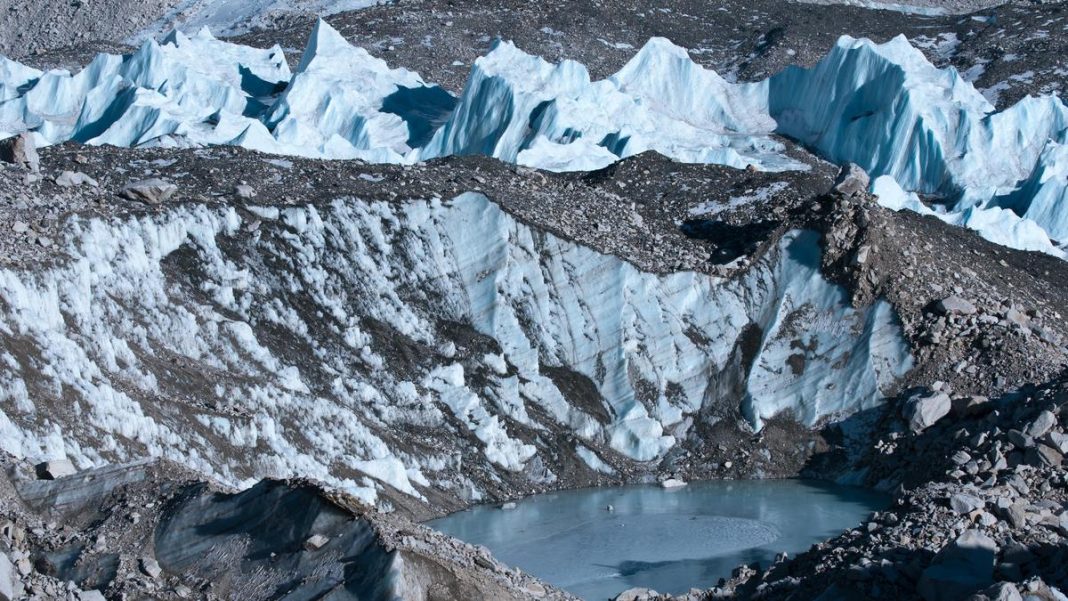Key Takeaways
- 42 glacial lakes in Nepal are at high risk of bursting, posing a severe flood threat.
- The Tallopokhari glacial lake in Sankhuwasabha is identified as the most vulnerable.
- ICIMOD is developing risk-reduction measures for the four highest-risk lakes.
Forty-two glacial lakes in Nepal are at critical risk of bursting, experts from the International Centre for Integrated Mountain Development (ICIMOD) have warned. A glacial lake outburst flood from any of these could cause massive loss of life and severe damage to infrastructure.
High-Risk Lakes Concentrated in Koshi Province
Sharad Prasad Joshi, an ICIMOD expert, revealed these findings during a discussion in Khandbari, Sankhuwasabha. He cited an ICIMOD report that classified 42 of Nepal’s 2,069 glacial lakes as “highly at risk,” all located within Koshi province.
In Sankhuwasabha district alone, four glacial lakes are on the high-risk list, including those in the Bhotkhola and Makalu areas.
Tallopokhari Lake: The Most Vulnerable
The Tallopokhari glacial lake in the lower Barun area has been identified as the most vulnerable. This lake is about three kilometres long and has a staggering depth of around 206 metres, with surrounding depths of 15 to 25 metres.
Mitigation Efforts Underway
ICIMOD, in collaboration with the Department of Hydrology and Meteorology and UNDP Nepal, is developing risk-reduction measures for the four high-risk lakes. A large pond in the lower Barun area is also part of this mitigation initiative.
Mr. Joshi warned that a lake burst could endanger several settlements and infrastructure in the Arun Valley. He also noted that 13 glacial lakes originating in Tibet could pose threats to the province’s northern areas.
Focus on Vulnerable Communities
Another ICIMOD expert, Neera Shrestha Pradhan, highlighted that women, children, and the elderly are often the most affected during disasters. The organisation is implementing programmes to raise awareness and strengthen the capacity of these vulnerable groups.




